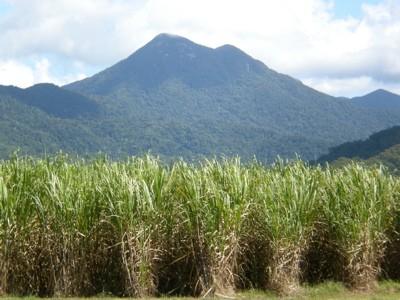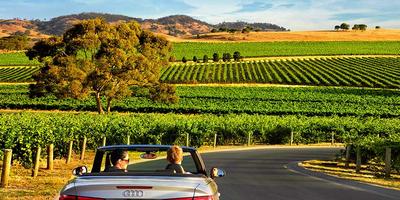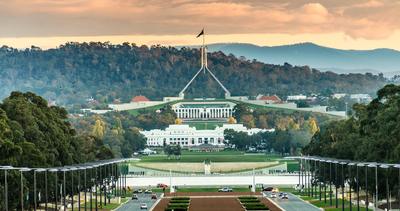Abandoned Farms for Sale NSW
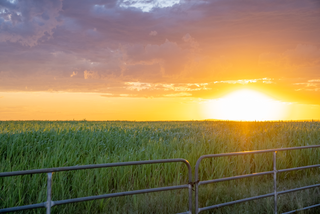

Abandoned Farms for Sale: NSW
The dream of escaping city life for a sprawling rural property has never been more appealing, with thousands of Australians embracing the "tree change" movement each year. Whilst the romantic notion of purchasing one of the many abandoned farms for sale NSW conjures images of weathered homesteads waiting to be lovingly restored, the reality requires both vision and practicality to navigate successfully. This comprehensive guide explores the genuine appeal of these neglected rural properties, reveals proven strategies for finding them, examines prime regions across New South Wales, and provides essential insights into the true costs and considerations involved in transforming a forgotten farmstead into your dream country home.
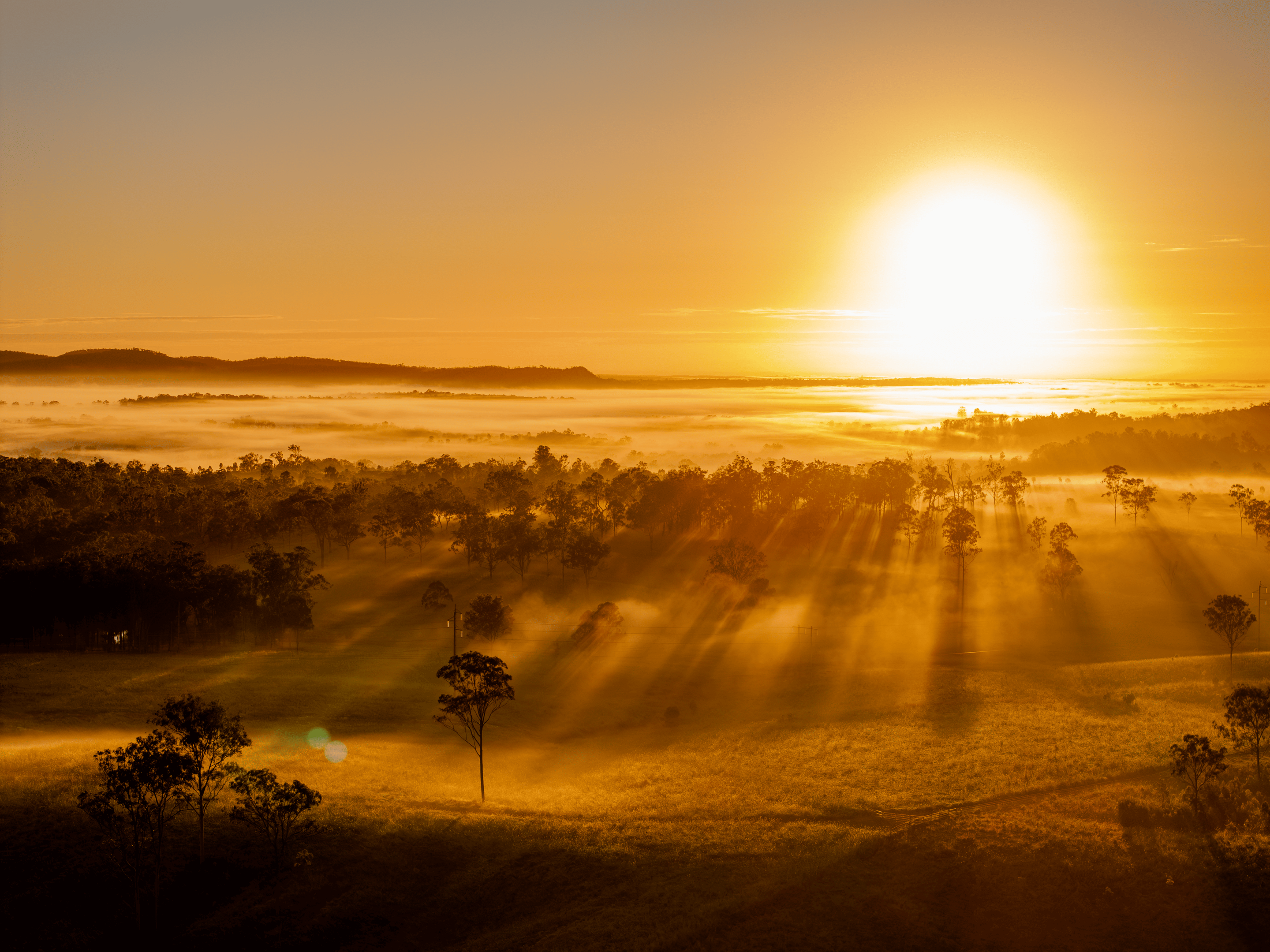
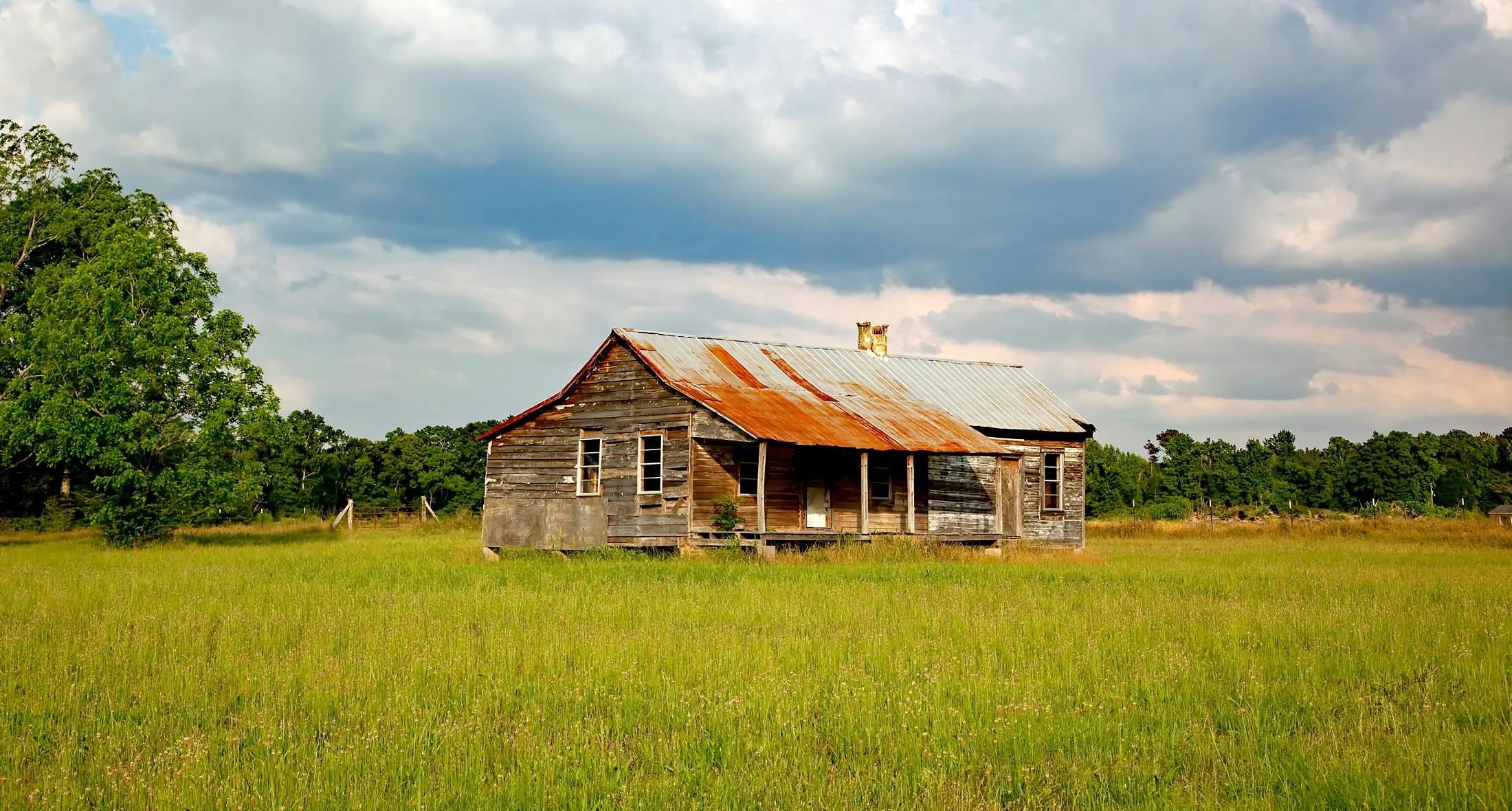
The Enduring Appeal of Buying a Neglected Farmstead
The attraction to abandoned farms for sale extends far beyond mere nostalgia, offering tangible benefits that resonate with modern buyers seeking meaningful lifestyle changes. These properties present an increasingly rare opportunity to secure substantial acreage at accessible price points, often costing significantly less than established rural homes whilst providing the freedom to create something entirely personal. The prospect of restoring a historic farmhouse or designing a custom dwelling from the ground up appeals to those who view property not just as shelter, but as a canvas for self-expression and sustainable living. Many buyers are drawn to the investment potential these properties represent, recognising that strategic renovation combined with intelligent land management can yield impressive capital growth over time. The shift towards remote work has further amplified interest in these lifestyle properties, as professionals discover they can maintain careers whilst enjoying the space, privacy, and connection to nature that rural living provides.
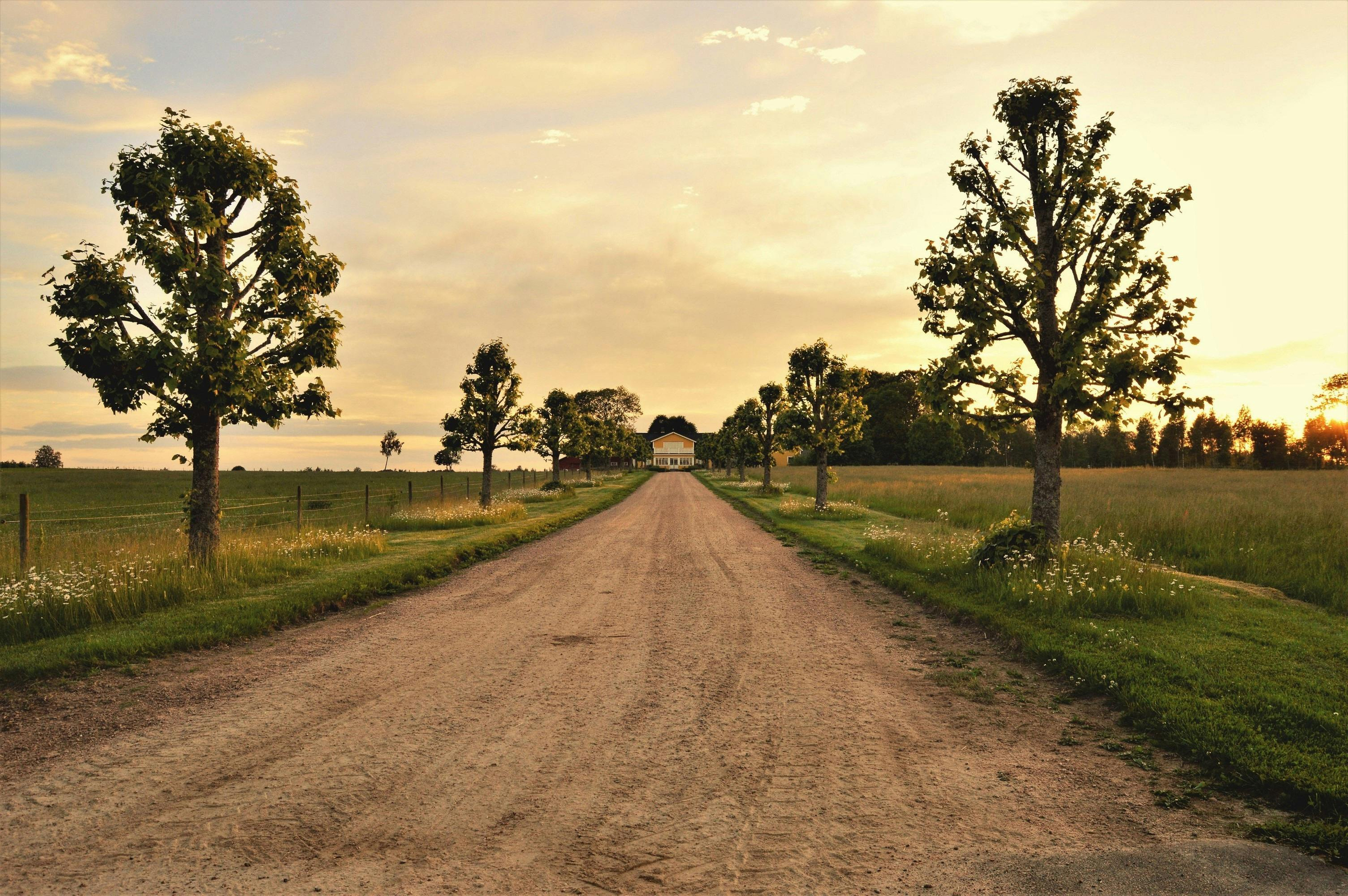
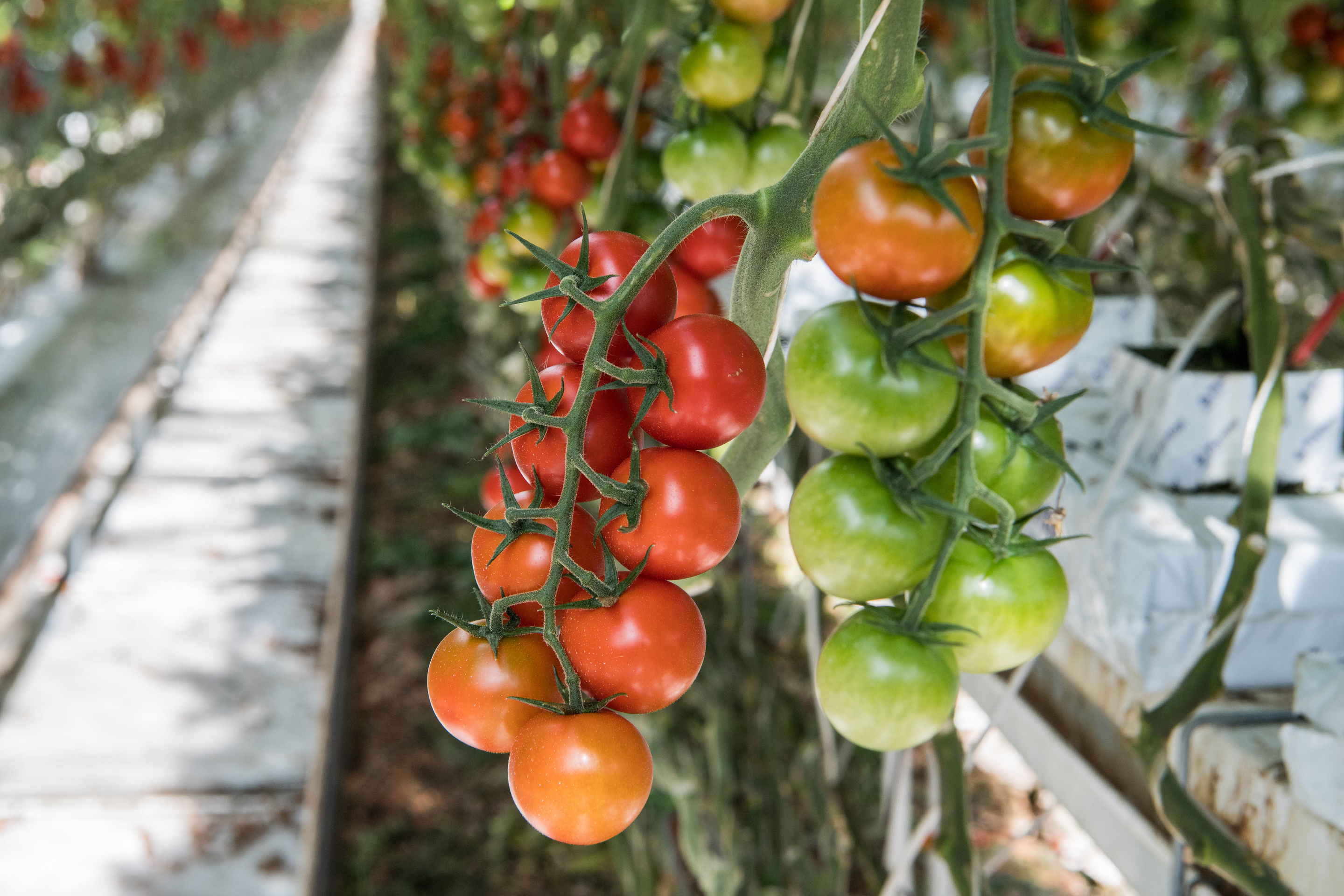
A Practical Guide to Finding Abandoned Farms for Sale
Locating abandoned rural properties for sale requires persistence and multiple search strategies, as these hidden gems rarely appear in mainstream property listings. Specialised online property portals focusing on rural and farm sales often feature properties that mainstream sites overlook, providing detailed search filters for acreage, zoning, and price ranges specific to agricultural land. Building relationships with local real estate agents in target regions proves invaluable, as these professionals maintain deep knowledge of their markets and often hear about disused farms before they're formally listed. Council records and public notices can reveal foreclosed properties or estate sales that might not receive wide advertising, whilst attending local auctions provides insight into market conditions and upcoming opportunities. Perhaps the most effective method involves physically exploring desired areas, identifying properties showing signs of neglect. Overgrown driveways, deteriorating fences, or abandoned machinery then conducting title searches to contact owners who may be considering selling but haven't yet listed their property.
Key Regions in NSW for Your Property Search
New South Wales offers diverse regions where abandoned farms for sale nsw present compelling opportunities for different lifestyles and budgets.
- The Riverina stands out for its agricultural heritage and remarkably affordable land prices, with towns like Wagga Wagga and Griffith actively promoting tree change opportunities through council initiatives and business incentives.
- New England and the North West regions attract buyers with their reliable rainfall, fertile soils, and strong agricultural infrastructure, making them ideal for those planning productive farming ventures alongside lifestyle goals.
- The Central West, encompassing areas around Orange, Bathurst, and Dubbo, successfully blends country living with modern conveniences, appealing particularly to families and remote workers who value accessibility to regional centres.
- The Hunter Valley, whilst famous for vineyards, offers surprisingly affordable options in outlying towns where abandoned properties await transformation, benefiting from proximity to Newcastle and Sydney whilst maintaining genuine rural character.
Each region presents unique advantages: coastal hinterlands for those seeking temperate climates, western plains for vast grazing properties, and tablelands for cooler temperatures and reliable water sources.
Your Pre-Purchase Checklist: Must-Know Inspection Tips
Thorough inspection of abandoned farm houses for sale requires systematic evaluation of multiple elements that determine both immediate habitability and long-term viability. Structural assessment should begin with the farmhouse itself, examining foundations for subsidence or cracking, roofing for water damage or missing materials, and checking for hazardous materials like asbestos sheeting common in older rural buildings, whilst also evaluating any sheds, silos, or outbuildings for salvageability or demolition requirements. Land condition proves equally critical, requiring careful observation of soil quality through visible erosion patterns, the presence of invasive weeds like blackberry or lantana that indicate neglect duration, and assessment of existing pastures or crop land for rehabilitation potential. Water infrastructure often determines a property's ultimate value, necessitating inspection of dams for structural integrity and capacity, checking bore conditions and flow rates if present, understanding any creek or river frontage rights, and crucially, verifying water licences and allocations with relevant authorities. Zoning verification through local councils ensures your intended use aligns with regulations, whether RU1 Primary Production or RU2 Rural Landscape designations, whilst confirming legal access via easements or dedicated roads prevents future complications.


Understanding the Costs Beyond the Sticker Price
Purchasing cheap abandoned farms for sale requires realistic budgeting well beyond the initial acquisition cost, with renovation and restoration expenses often exceeding the purchase price itself. Major structural repairs to farm dwellings typically represent the largest expense, encompassing roof replacement, foundation stabilisation, complete rewiring of outdated electrical systems, plumbing overhauls including septic tank installation or repair, and window replacements to meet modern energy efficiency standards. Essential services connection or upgrade costs can surprise unprepared buyers, particularly for properties requiring new power connections, bore drilling for water security, telecommunications infrastructure for internet access crucial for remote work, and road improvements for all-weather access. Land rehabilitation demands significant investment through mechanical clearing of overgrown areas, comprehensive fencing replacement for stock management or boundary definition, targeted weed eradication programmes potentially spanning multiple seasons, and soil improvement through fertilisation or pH correction. Professional services including building inspections, surveyor reports, environmental assessments, council development applications, and legal conveyancing add substantial costs often overlooked in initial budgets. Experienced buyers recommend maintaining a 20-30% contingency fund above estimated costs, acknowledging that derelict properties inevitably reveal unexpected challenges during renovation.
Exploring Different Types of Rural Holdings
The market for abandoned rural properties encompasses various categories beyond traditional cattle farms and grazing properties, each suited to different aspirations and capabilities. Hobby farms and farmlets typically range from 5-40 hectares, offering manageable acreage perfect for lifestyle changes without commercial farming pressures, often featuring existing orchards, vegetable gardens, or small livestock facilities requiring restoration rather than complete establishment. Larger grazing properties and abandoned ranches appeal to those pursuing commercial agriculture or extensive livestock operations, with large farms offering economies of scale but demanding significant capital for infrastructure restoration and stock acquisition. Disused horse farms represent a specialised niche, frequently featuring existing stables, arenas, and fencing requiring less modification than converting general agricultural land for equestrian purposes. Foreclosed farms and properties sold through mortgagee auctions often present exceptional value but require rapid decision-making and unconditional purchase terms that favour cash buyers or those with pre-arranged finance. Each property type demands different skill sets, capital requirements, and time commitments, making careful consideration of personal capabilities and long-term goals essential before committing to purchase.
Final Thoughts on Your Rural Property Journey
Transforming an abandoned farm for sale nsw into a thriving rural property represents one of Australia's most rewarding yet challenging property ventures, demanding equal measures of vision, pragmatism, and perseverance. Success requires thorough research encompassing market conditions, regional characteristics, and regulatory requirements, combined with meticulous due diligence that honestly assesses both property potential and personal capabilities for managing extensive renovation projects. Realistic budgeting that accounts for hidden costs, extended timelines, and inevitable surprises separates successful rural property transformations from abandoned dreams, whilst maintaining flexibility to adapt plans as discoveries unfold during the restoration process. The rewards for those who navigate these challenges successfully extend far beyond financial returns, encompassing the deep satisfaction of rescuing neglected land, creating sustainable living environments, and contributing to rural community revitalisation that benefits entire regions.
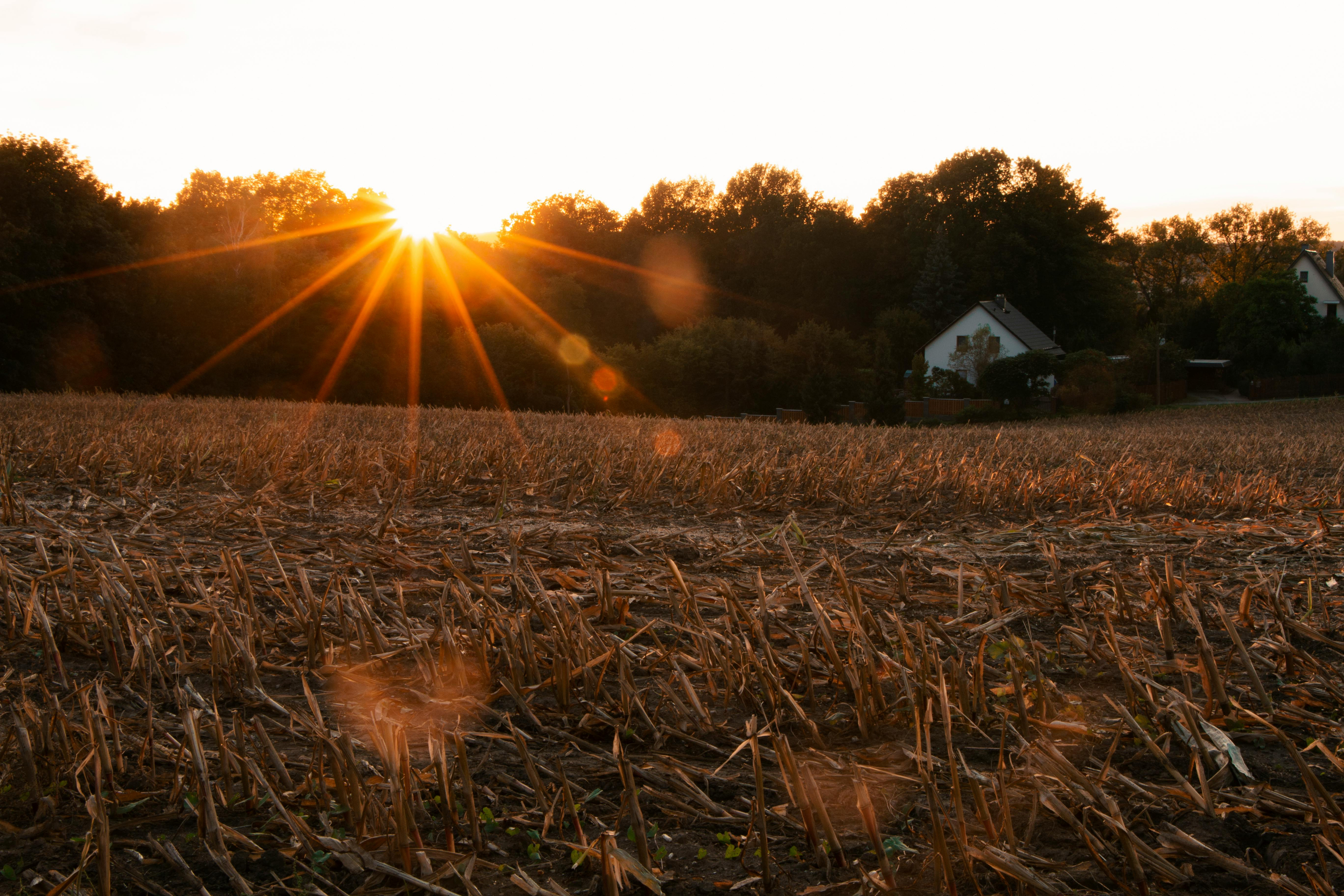
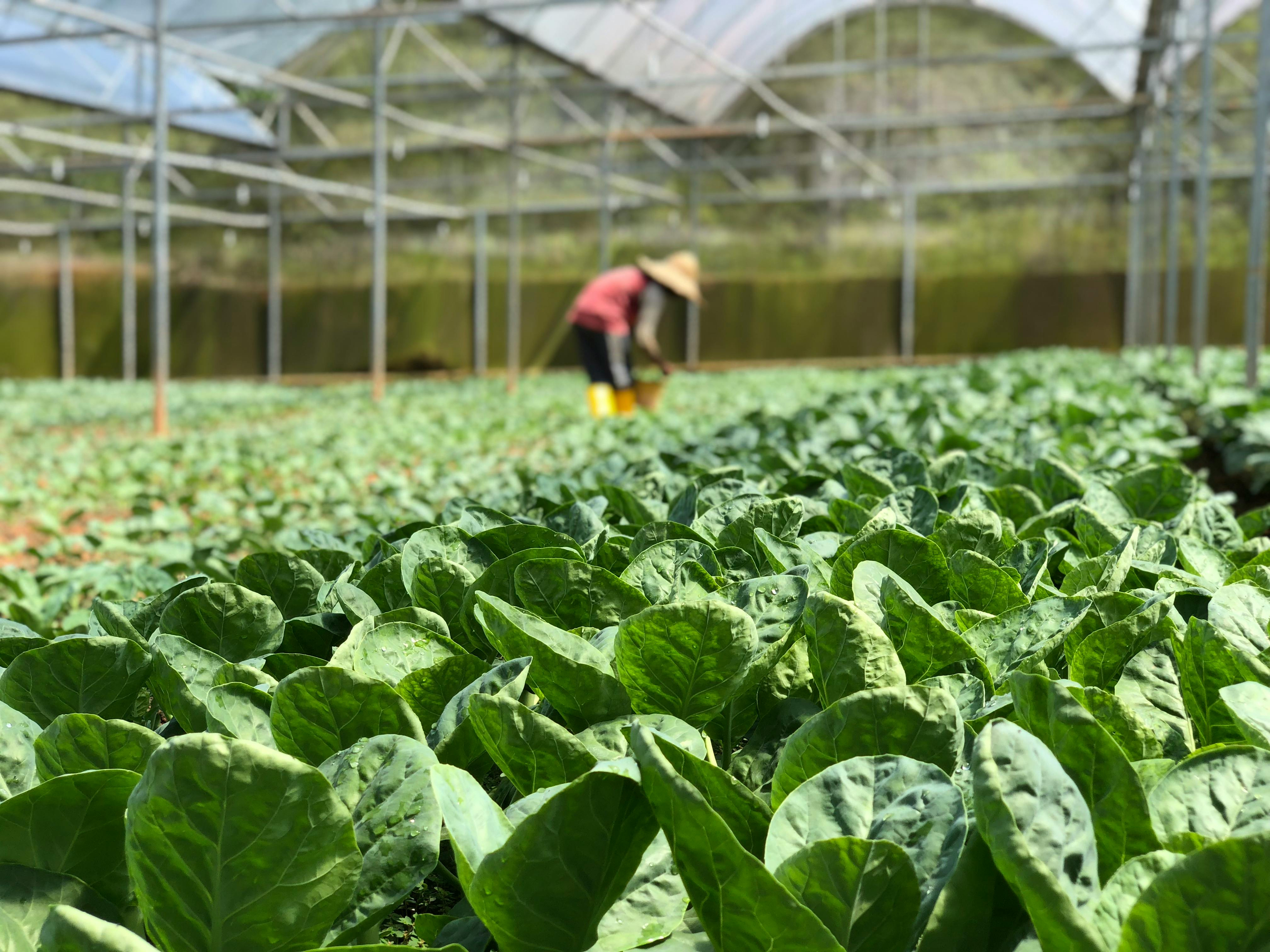
Frequently Asked Questions
How do you find out who owns an abandoned property?
Discovering ownership of abandoned properties involves multiple approaches including conducting title searches through the NSW Land Registry Services, checking local council records for rates notices and property information, engaging local real estate agents who often know longstanding owners, and speaking with neighbouring property owners who frequently have historical knowledge of the area. Professional conveyancers can also assist with comprehensive property searches that reveal ownership details, encumbrances, and any existing caveats or interests registered against the title.
Can you get a normal home loan for a derelict farmhouse?
Standard home loans typically prove challenging for derelict properties as most lenders require habitable dwellings with functioning kitchens and bathrooms as security. Alternative financing options include construction loans that release funds progressively as renovations complete, rural lending specialists who understand agricultural property challenges, or initially purchasing with cash or private lending before refinancing once the property meets conventional lending criteria through completed renovations.
What are the biggest challenges when restoring an old farm dwelling?
Major restoration challenges include addressing structural deterioration from decades of weather exposure, managing hazardous materials like asbestos and lead paint common in older buildings, sourcing period-appropriate materials for heritage features, dealing with extensive termite or borer damage in timber structures, and upgrading services to modern standards whilst preserving character features that provide the property's unique charm and historical value.
What does rural zoning like 'RU1' or 'RU2' mean?
RU1 Primary Production zoning permits agricultural activities including cropping, grazing, and intensive agriculture whilst allowing dwelling construction subject to council approval. RU2 Rural Landscape zoning maintains rural character with greater restrictions on intensive agriculture but generally permits dwellings, hobby farming, and tourism ventures, making it suitable for lifestyle properties prioritising aesthetics over commercial production.
Are there government grants available for restoring old farm properties?
Whilst grants specifically for private residence restoration remain rare, funding opportunities exist through heritage conservation programmes for listed properties, Landcare grants for environmental rehabilitation projects, drought resilience funding for water infrastructure improvements, and small business grants if establishing agritourism or farm-based enterprises. Local councils occasionally offer rate reductions or incentives for property improvements contributing to regional development.
What is the first thing I should do after buying a neglected farm?
Immediately secure the property by repairing boundary fences and gates, changing locks, and installing basic security measures. Conduct comprehensive hazard assessments identifying asbestos, unstable structures, or dangerous trees requiring immediate attention, then develop a staged renovation plan prioritising essential services, structural repairs, and safety improvements before cosmetic enhancements.
How much does it cost to clear overgrown farmland?
Land clearing costs vary dramatically based on vegetation density, terrain difficulty, and required machinery, typically ranging from $1,500-$5,000 per hectare for moderate bush regeneration to $10,000+ per hectare for dense lantana or blackberry infestations requiring multiple treatments. Costs reduce significantly if salvageable timber offsets expenses or if completing work progressively using personal labour.
What are the legal steps to buying an abandoned rural property?
The legal process involves making an offer through an agent or directly to owners, engaging a conveyancer or solicitor for contract review and due diligence, arranging building and pest inspections plus any specialist assessments, confirming finance approval if required, exchanging contracts with deposit payment (typically 10%), completing final inspections, and proceeding to settlement where balance payment transfers ownership.
Is it cheaper to buy a derelict farm than an established one?
Initial purchase prices for derelict farms typically sit 30-50% below comparable established properties, but total costs after essential renovations can match or exceed established property values. However, derelict properties offer customisation opportunities, potential for gradual improvement spreading costs over time, and often include more land than affordable in established properties.
What are the potential uses for old agricultural land?
Abandoned agricultural land suits diverse purposes including hobby farming with vegetables, orchards, or small livestock, agritourism ventures like farm stays or wedding venues, conservation projects restoring native habitats, renewable energy installations, intensive agriculture like market gardens or nurseries, equestrian facilities, or simply private rural retreats offering space and tranquillity away from urban pressures.

